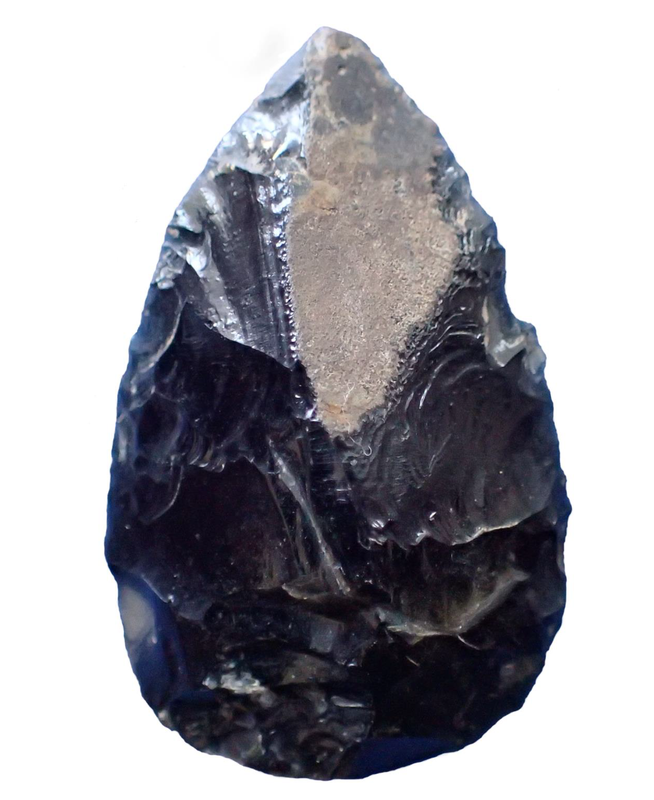Main Content
P1 – Archeology and Archeozoology
PI: Ralf Vogelsang | Agazi Negash, Alemseged Beldados
Post-Doc: Götz Ossendorf
PhD-Student: Minassie Girma
Overview
The question since when humans conquered high mountains and the age and evolution of the making of a tropical alpine human environment is the focus of archeological landscape surveys and rock shelter excavations. In addition to the lithic artifact analysis, archeozoological (Joséphine Lesur), archeobotanical (Ethiopian counterpart Alemseged Beldados), and Obsidian provenance studies (Ethiopian counterpart Agazi Negash) contribute to identify the nature of past human settlements in high elevations. In collaboration with Anthrosol investigation (P2), and Paleoecology (P4), we examine the spatial and diachronic interplay between humans and their environment during the late Quaternary landscape evolution.
Achievements
1. Evidence of the world’s oldest human high elevation residential site, characterized by the use of Afroalpine resources including giant-mole rats as key food source of prehistoric Middle Stone Age foragers
2. Human presence during several distinct prehistoric phases and
under changing environmental and climatic conditions
3. Variety of different adaptive strategies during LSA settlement (site
functions, subsistence, long-distance networks)


Figure 1 & 2: Unifacial point (Middle Stone Age); excavation and sampling at Fincha Habera rock shelter during the 2017 field trip







